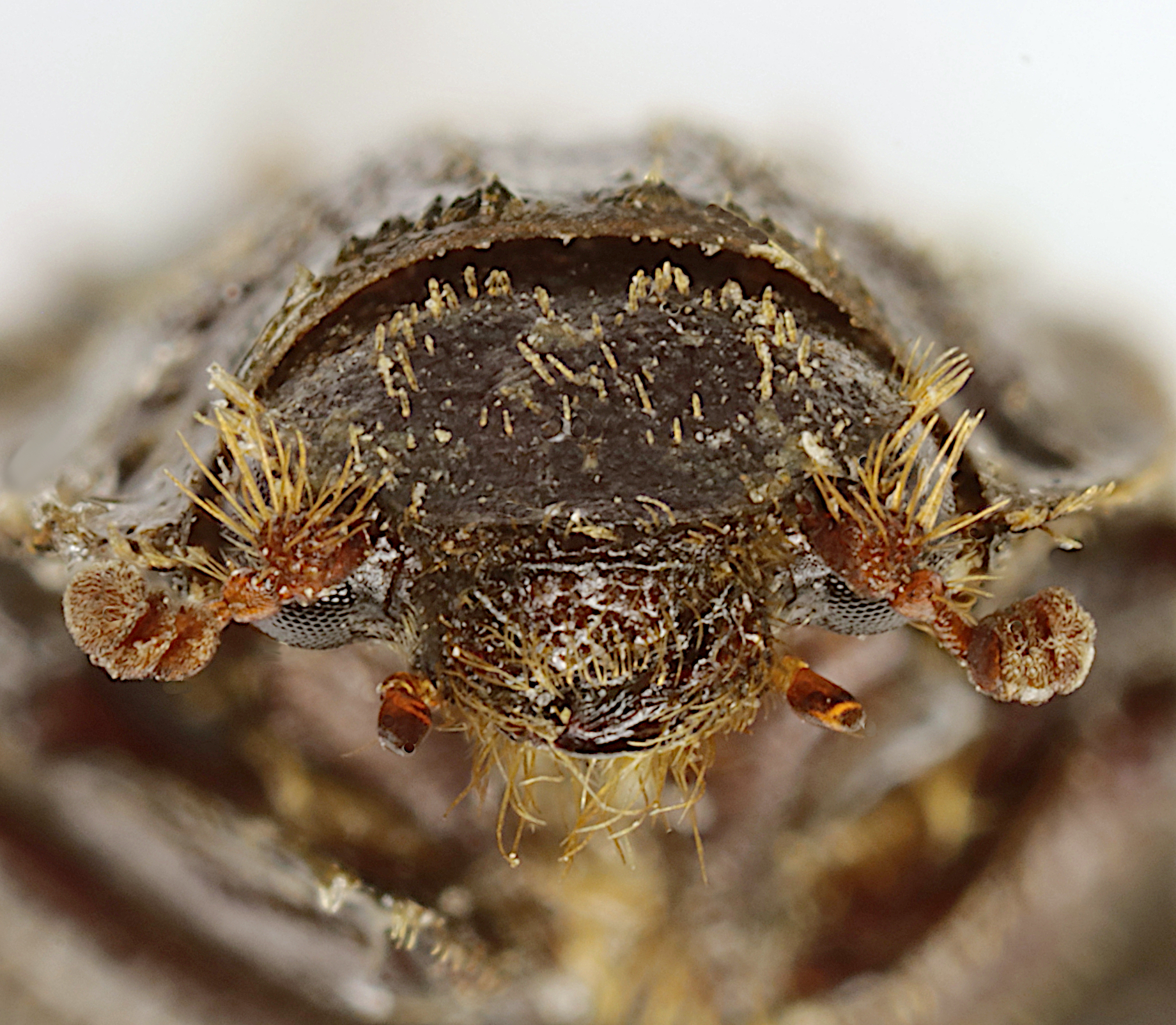|
Omorgus Denticulatus
''Omorgus denticulatus'' is a species of hide beetle in the subfamily Omorginae ''Omorginae'' is a subfamily of beetles in the family Trogidae which includes extant species and extinct beetle species from the Lower Cretaceous. The subfamily contains the following genera: *Cretomorgus ''Cretomorgus ikhbogdensis'' is an ... and subgenus ''Afromorgus''. References denticulatus Beetles described in 1789 {{Trogidae-stub ... [...More Info...] [...Related Items...] OR: [Wikipedia] [Google] [Baidu] |
Guillaume-Antoine Olivier
Guillaume-Antoine Olivier (; 19 January 1756, Les Arcs, Var, Les Arcs near Toulon – 1 October 1814, Lyon) was a French entomologist and naturalist. Life Olivier studied medicine in Montpellier, where he became good friends with Pierre Marie Auguste Broussonet. With Jean Guillaume Bruguière and Jean-Baptiste Lamarck, he collaborated in the creation of ''Journal d'Histoire Naturelle'' (1792). Afterwards, he served as a naturalist on a 6-year scientific journey that took him to Asia Minor, Persia, Egypt, Cyprus and Corfu. He returned to France in 1798 with a large collection of natural history specimens from his travels. Later, he was associated with the ''École nationale vétérinaire d'Alfort'', where in 1811, he was appointed professor of zoology. Olivier was a close friend of Johan Christian Fabricius and a patron of Pierre André Latreille. Although primarily an entomologist, Olivier also worked in the scientific field of herpetology, describing several new species of A ... [...More Info...] [...Related Items...] OR: [Wikipedia] [Google] [Baidu] |
Hide Beetle
Trogidae, sometimes called hide beetles, is a family of beetles with a distinctive warty or bumpy appearance. Found worldwide, the family includes about 300 species contained in four or five genera. Trogids range in length from 2 to 20 mm. Their shape is oblong to oval, with a generally flat abdomen. Their color ranges from brown to gray or black, and they often encrust their bodies with soil. They resemble scarab beetles with heavy limbs and spurs. They are scavengers and are among the last species to visit and feed on carrion. They are most often found on the dry remains of dead animals. Both adults and larvae eat feathers and skin. Some species are found in bird and mammal nests. Details of the life histories of many species are poorly known, since many are specialized to particular types of nests. They are often overlooked by predators and collectors due to their behaviors of covering their bodies with soil and becoming motionless when disturbed. This group may also be co ... [...More Info...] [...Related Items...] OR: [Wikipedia] [Google] [Baidu] |
Omorginae
''Omorginae'' is a subfamily of beetles in the family Trogidae which includes extant species and extinct beetle species from the Lower Cretaceous. The subfamily contains the following genera: *Cretomorgus ''Cretomorgus ikhbogdensis'' is an extinct, fossil species of hide beetle that lived in modern-day Mongolia during the Lower Cretaceous, approximately 112 million years ago, making it the earliest preserved species of the subfamily Omorginae. ' ... Nikolajev, 2007 * Omorgus Erichson, 1847 * Polynoncus Burmeister, 1876 References {{Trogidae-stub Trogidae ... [...More Info...] [...Related Items...] OR: [Wikipedia] [Google] [Baidu] |
Omorgus
''Omorgus'' is a genus of beetles of the family Trogidae with about 140 species worldwide. ''Omorgus'' beetles are generally between 9 and 20 mm long. Taxonomy ''Omorgus'' has three subgenera, ''Omorgus (Omorgus)'', '' Omorgus (Afromorgus)'', and ''Omorgus (Haroldomorgus)'', with the following species: Subgenus ''Omorgus'' * '' Omorgus alatus'' (Macleay, 1888) * '' Omorgus alius'' (Scholtz, 1986) * ''Omorgus alternans'' (W.S. Macleay, 1826) * ''Omorgus amictus'' (Haaf, 1954) * '' Omorgus aphanocephalus'' (Scholtz, 1986) * ''Omorgus asper'' LeConte, 1854 * '' Omorgus augustae'' (Blackburn, 1892) * '' Omorgus australasiae'' (Erichson, 1842) * ''Omorgus badeni'' (Harold, 1872) * '' Omorgus borrei'' (Harold, 1872) * ''Omorgus brucki'' (Harold, 1872) * ''Omorgus candezei'' (Harold, 1872) * '' Omorgus candidus'' (Harold, 1872) * ''Omorgus capillamentis'' Strümpher & Scholtz, 2011 * ''Omorgus carinatus'' (Loomis, 1922) * ''Omorgus carinicollis'' (Scholtz, 1986) * ''Omorgus ciliatus'' ... [...More Info...] [...Related Items...] OR: [Wikipedia] [Google] [Baidu] |
